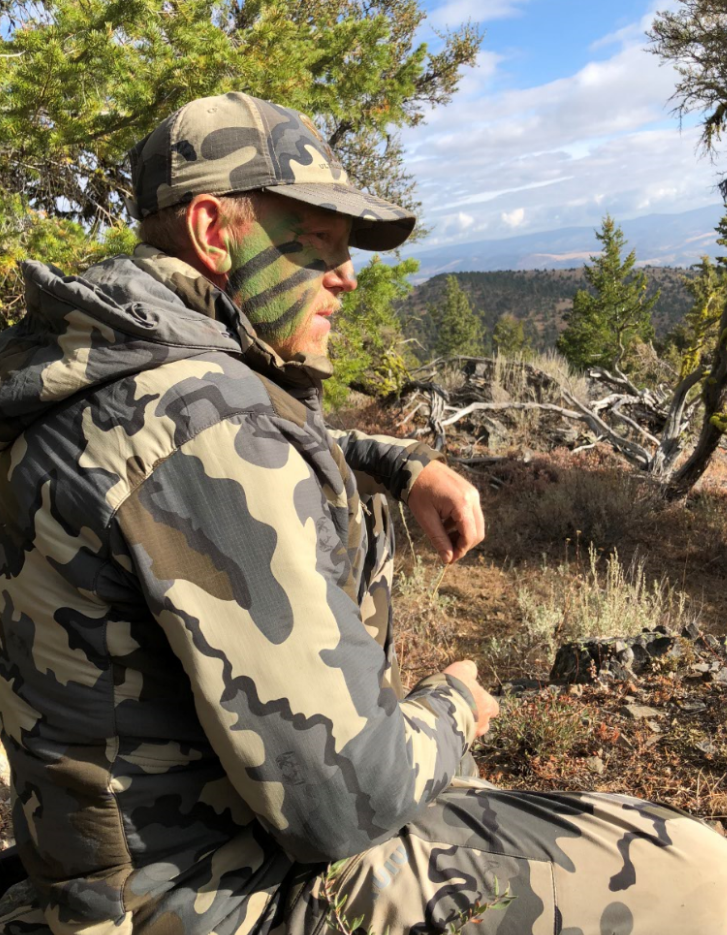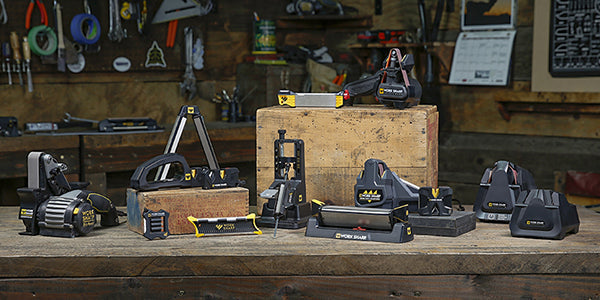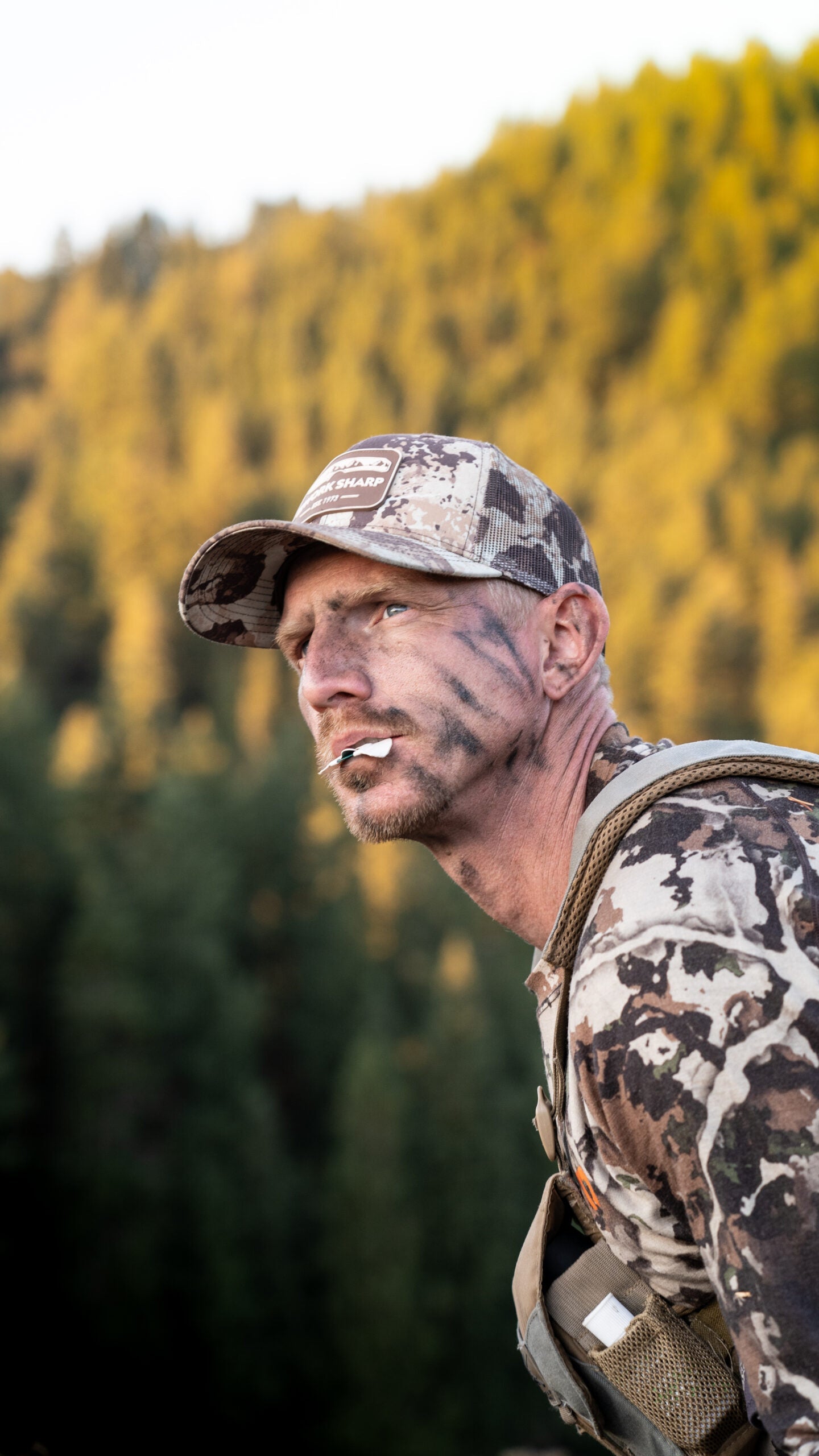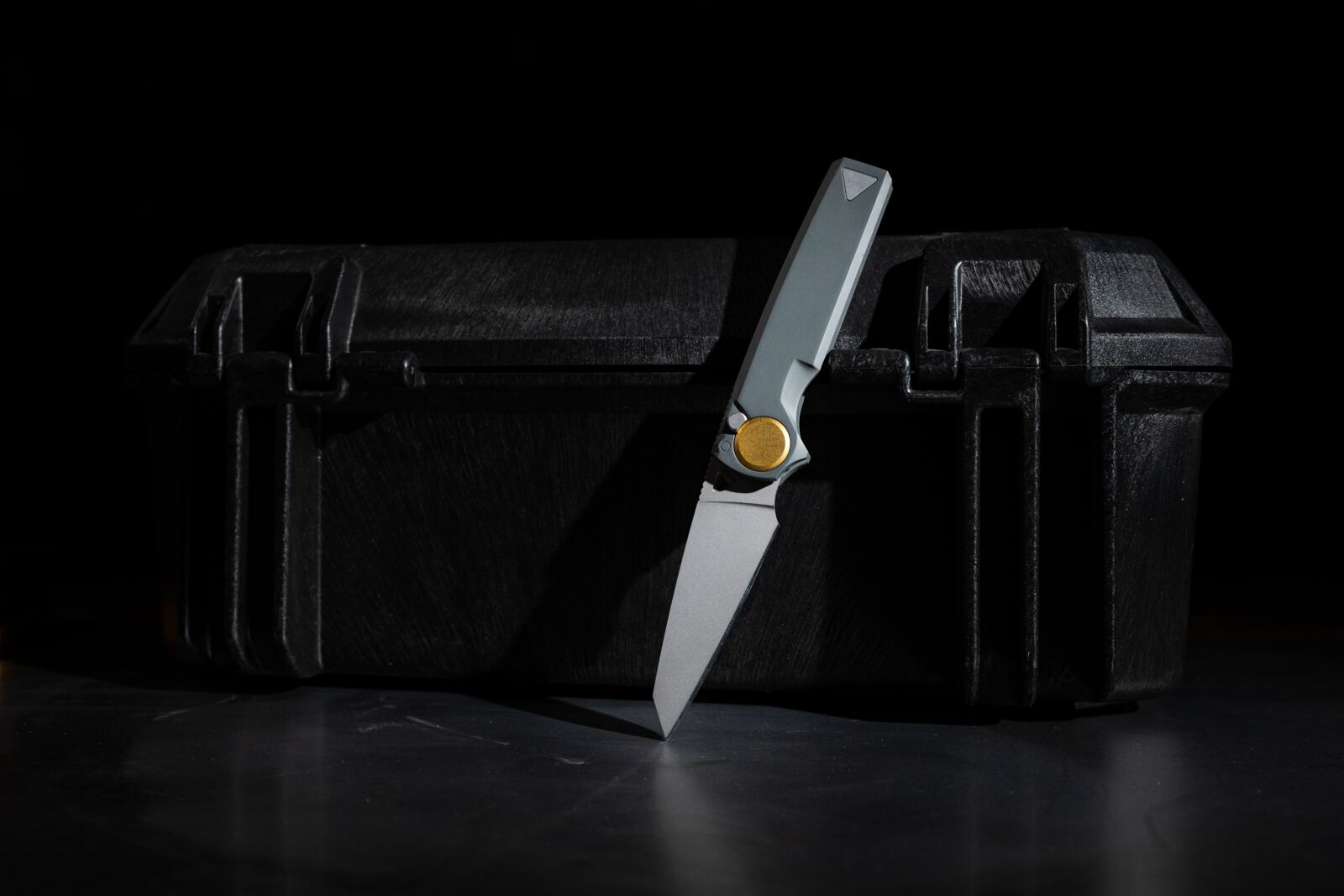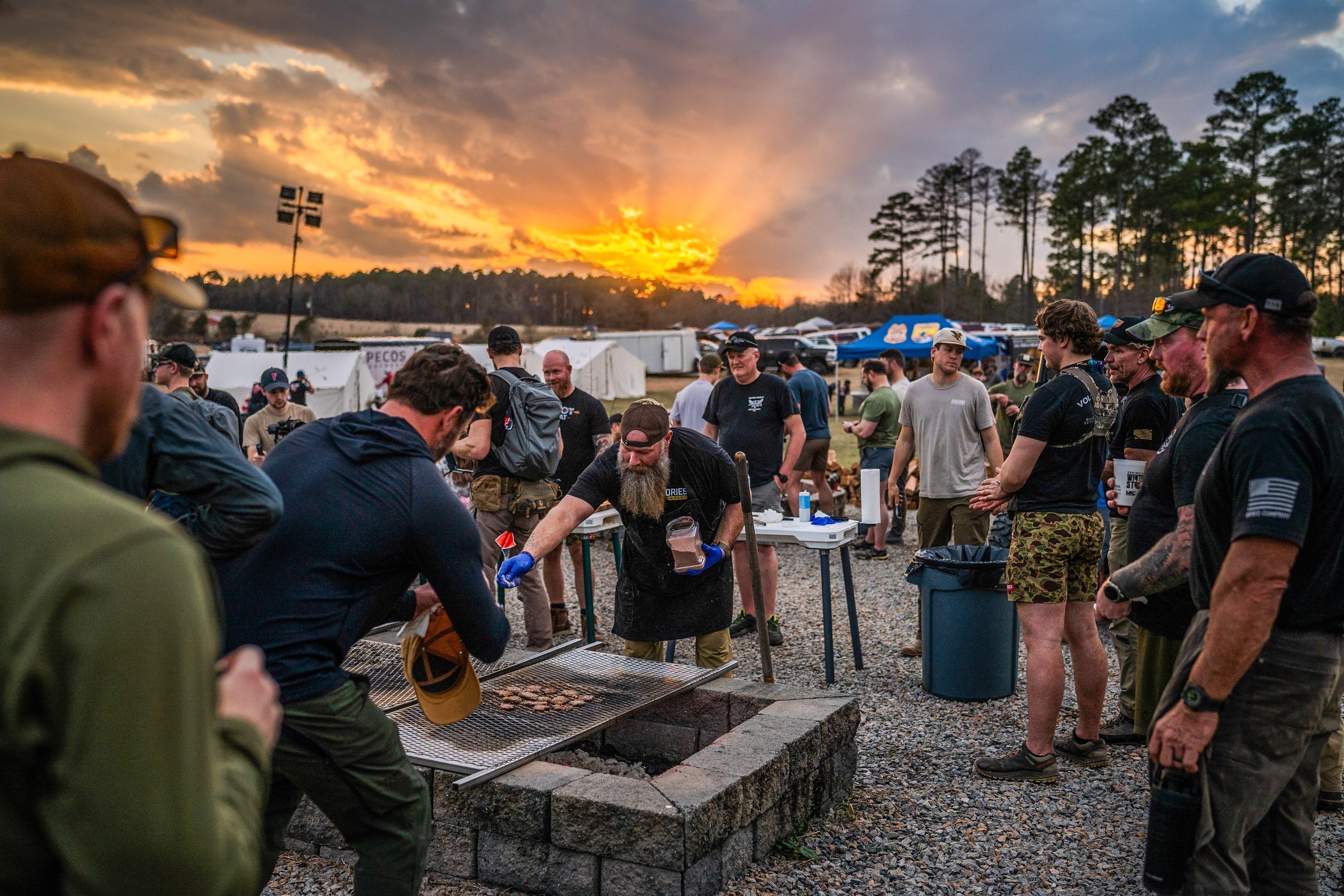Success
The day before I shot my spike, we had hunted Lightning Ridge and I found three lone bulls in the timbered side draws. So, Ron and I decided we would start in the same area and work our way in and out the side draws heading for the far end of Lightning Ridge. We love hunting this route and over the years have killed several bulls along this path so our hopes were high. We’d crest a ridge and call into the next draw and listen intently for a response. Ridge after ridge, draw after draw, we heard no response. After hiking about 4 miles, we came to the last deep draw which we named the “Troll Hole” many years ago. We called it that because there was a huge, 330+ inch class bull that lived there and we would rarely find him anywhere else, so we called him the Troll, hence the Troll Hole. Packing an elk out of this draw was always considered something we would only do if we had a chance at bull as big as the Troll.
Ron and I were snickering as we peered into the Troll Hole and were remembering when we used to chase big bulls into the bottom. Now that we are 50-year old’s, the draw looked as daunting as ever, but we gave a couple cow calls to see if anything was there. Listening closely for a few seconds, Ron said “did you hear that?” In the distance, I heard a faint bugle. “Yah, it sounded like it was way down in the bottom,” I said. Ron wanted to walk down the ridge to small saddle where we might hear a little better. So, we hiked downhill, through the saddle, and down the other side a hundred yards or more where we would be able to hear and see the bottom of the Troll Hole. It took less than 15 minutes to hike to this new spot. We stopped and I cow called a couple times and immediately, to our surprise, the bull bugled above us. “He’s up by the saddle where we just were!” Ron said with a wide-eyed look.
We decided to hustle back up the ridge about 75 yards and setup for a chance to call him in for a shot. We don’t hunt together often, but when we do we find that placing the shooter out in front of the caller about 40-60 yards works well because the bull will be focused on finding the caller, not the shooter. So, Ron positioned himself on the hillside about 40 yards from me, knocked an arrow, and settled in by a small tree. The hillside was very steep so he couldn’t kneel to lower his profile, but the tree provided some good cover. I waited a few seconds to make sure he was in place and then I let off a couple aggressive cow calls thinking the bull was still up and out on the hillside pretty far. Immediately, we both heard sticks breaking and the unmistakable grunts of a bull getting closer! I called more subdued a couple more times and then could hear heavy breathing and more crashing in the brush. Seconds later, I could see horns appear bobbing up and down as the bull was jumping over logs and running right at Ron and me. Ron was shocked, but had to make a quick decision. He decided to draw his bow early because it seemed like the bull might actually run by him; he was coming fast! There was a small opening in the trees about 5 yards below Ron with a game trail that lead to my location on the ridgetop. I saw the bull enter that opening and turn towards me. It seemed as if he had run past Ron and was coming right at me. I was about to snuggle up tight to a little mahogany when all of a sudden, I heard the “thwack!” of Ron shooting his bow. The bull crashed downhill out of sight and then all was quiet. Ron emerged from his hiding spot but didn’t appear excited, but the anticipation was killing me so I hustled over to get the story!
“Did you see that!?” Ron asked. “Yah, I thought he had run past you,” I replied. Ron had drawn his bow thinking that he would likely be making a close, front shot right in the neck and chest area. It’s not a great shot to take, but deadly with a well-placed arrow. “I thought he’d run right up to me, see me and stop. But he just continued past right through here. It was like 5 yards! That thing was a big as a horse!” Ron said excitingly. Ron had swung his bow around following the bull’s body until he was exactly broadside when he aimed at a spot right behind the shoulder. “Do you think it was a good shot?” I asked. “It looked like it was right behind the shoulder, but maybe a little low. It happened so fast, but I think it was good. I want to wait about an hour,” Ron replied. We continued to relive the moment and took off our packs and sat down for the wait. It was pretty cool that day and we had been sweating with all the hiking so we had to move out onto the ridgeline to find some sun. We sat there in amazement and tried to relax while the hour went by. Ron’s adrenaline rush was subsiding which usually has the effect of making a guy sick to his stomach. I laughed at him, remembering the times I felt that way, but encouraged him drink some water and eat a little.
The hour passed by slowly but finally it was time to return to where Ron had made his shot and hopefully pick up a blood trail. After 30+ years of bow hunting, Ron and I are pretty good trackers but we’ve learned to take nothing for granted because bull elk are tough and can travel long distances even when an arrow is well placed. Nine years ago, Ron and I track a bull for 6 hours over many miles through two major drainages so we always start blood trailing with cautious optimism. In this case, we could see blood right away on the first log the bull crossed and, on the backside, we found Ron’s broken arrow. It appeared as if the arrow penetrated about 18” which is fantastic but after about 30 yards we just weren’t seeing the amount of blood we expected. We were moaning already with a few heavy sighs, but we were able to follow tracks and scattered blood pretty easy. Down the steep hill we went and the blood lessoned even more, and we were worried that it would be a long day. After about 120 yards or so, the tracks indicated he started walking rather than running and again we worried. The wind was starting to blow uphill as the sun heated the elk woods and suddenly we both got the strong scent of elk. A couple more steeps with our heads down and Ron said, “hey look down there.” There by a big down log was Ron’s bull in a pile. What a relief! We gave each other high fives and a few “wahoo’s!”

It was a nice 6-point bull and its body was as big as a horse! What a beautiful bull and in a magnificent setting. We sat there on the hillside admiring the beast, talking about how it all happened, and rejoicing in the fact that we found it quicker than we imagined. We were quiet for a few moments. Looking out across the steep hillsides and reflecting on the remoteness of our location, I said out loud, “You know, when I think about elk hunting, this is what I imagine. Big, remote country, a big bull bugling, and you and I preparing for a challenging pack out.” “Yah, me too. This is something really special,” Ron said as he stared out into the distance. Two brothers, experiencing the ultimate bow hunting experience, and savoring our success knowing that this moment wouldn’t soon be forgotten.
It took until about 1 pm to wrestled that bull on the steep hillside and get it quartered, ready for the pack out. We had decided that given the distance and the elevation to climb that we would take all the trim meat and the antlers out, and potentially make two trips back the following day or two to pack the rest of the meat. We hung the quarters in a tree, filled our packs with backstraps, neck meat, and other trim meat for the 5-mile trip back to the rig. The first part of the hike was all uphill for about 2 miles gaining about 1000 feet of elevation. Our packs were around about 40-45 lbs. each but Ron had the awkward task of packing the antlers through the trees and brush. Once we were on the ridgeline, he tied the antlers to his pack and fashioned a branch to keep them from bouncing on his back. His pack was easily 50 lbs. and by the time we got to the highest point of our climb his legs were really cramping. We had also run out of drinking water. But, we took lots of breaks and the remaining three miles were mostly downhill. Sometime around 5 pm we arrived at the pickup and returned to our cabin around 6 pm. We were tired and hungry, but we didn’t care; it was an amazing day!

The following day we came in from a slightly different location so we would avoid the dreaded Hill of Pain with heavy packs. It added a little distance but it would be worth it. As we hiked out Lightning Ridge, we decided we would completely bone the four quarters and pack only meat, no bones. I had sharpened our knives with the Work Sharp Knife and Tool Sharpener that evening so we could make quick work of the butchering. What we weren’t sure about was whether or not we could pack all the meat in one load.
The quarters were where we left them and no bear or coyote had visited so we went to work. We didn’t want to hike back in there the following day so once we had cut all the meat off the bones, it was equally divided and we tested our weighty packs. At a minimum, we would move all the meat to the ridgeline above the carcass, leave some if we needed to, and then hike out. But, even though our loads were heavy, we went slow to see how far we could make it. The climb was grueling but more and more we were determined to make the high point so up we went, one foot in front of the other. It was another cool day, but sweat was dripping from our hats and soaking our backs, yet still we climbed. We crested Lightning Ridge and hiking was easier but soon the fatigue of the past two days took its toll and our stops to remove the dead weight for relief were more frequent. Our chat became less and less as we both were trying to find a hiking pace and pack position that was bearable. Moments like these test ones resolve and you find your physical and mental limits. In our lifetimes, we have tested and pushed our limits many times but we’re not young men anymore and the mountains have worn on our bodies like the snow and rain tend to do to mountains. But time has not eroded our pride, so it was with great since of satisfaction that we arrived at the pickup around 4 pm after a nearly 12-mile round trip.
We reflected on our hunting success on the way back to the cabin. It had been a special year with both of us filling our tags. Even though it wasn’t the first time we tagged out, neither of us will forget how truly memorable our hunts were. The physical challenge of Ron’s hunt and the fact that we were together for the entire experience is something we won’t soon forget. As we arrived at the cabin, curiosity got the best of us so we hung our packs on the old butchers’ scale in the shed. My pack weighed in at 75 lbs., Ron’s at 73 lbs. We stared at the packs quietly and I wondered how many more years I might achieve this feat. Ron must have been thinking it too and with a wry smile said out loud, “not bad for a couple old guys.”
Click HERE to learn how Success plays a role in the Work Sharp brand.

